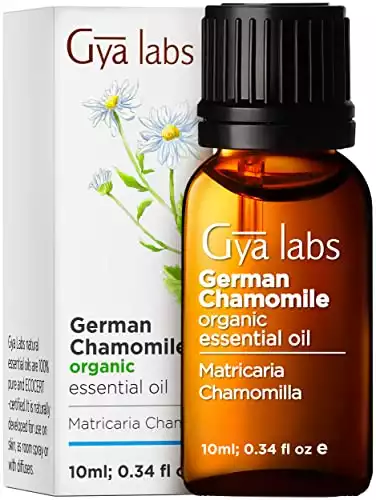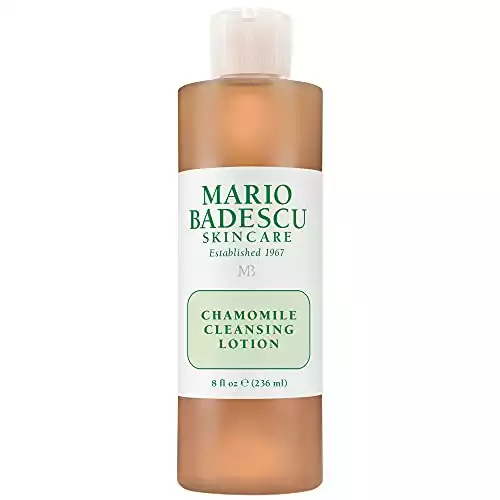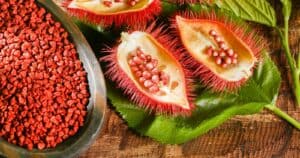Are you feeling stressed or having trouble sleeping? Look no further than chamomile. This small, daisy-like plant has been used centuries to soothe the mind and body.
With its calming properties and range of health benefits, chamomile may be just what you need to relax and unwind.
Chamomile is a natural remedy used for centuries to treat various ailments, including anxiety, insomnia, and digestive issues. It contains various beneficial compounds, including flavonoids and terpenoids, which have anti-inflammatory and antioxidant properties. Whether you drink chamomile tea, apply an essential oil, or use chamomile in a cream or lotion, it can help you feel calmer, more relaxed, and more at ease.
In this article, we’ll explore chamomile’s many benefits and uses. We’ll discuss how it can help reduce stress and anxiety, improve sleep, relieve pain and inflammation, and promote healthy skin.
We’ll also cover different chamomile methods, including teas, essential oils, and topical creams.
So whether you’re looking for a natural remedy for stress or want to learn more about the benefits of chamomile, read on to discover the soothing power of this remarkable plant.
Introduction To Chamomile What Is It And Where Does It Come From

Chamomile is a daisy-like flowering plant widely used as a medicinal herb for centuries. It comes from the Asteraceae family, which includes two main varieties: German chamomile (Matricaria recutita) and Roman or English chamomile (Chamaemelum mobile).
Here are some key differences between the two:
- Appearance: German chamomile grows to about 2-3 feet tall and has white, daisy-like flowers with yellow centers. Roman chamomile is a low-growing perennial plant with small, daisy-like white flowers with yellow centers.
- Aroma: German chamomile has a more robust, more herbal aroma, while Roman chamomile has a sweet, apple-like scent.
- Flavor: German chamomile has a slightly bitter flavor, while Roman chamomile has a sweeter, more delicate taste.
- Medicinal Properties: Both varieties of chamomile have similar medicinal properties, including anti-inflammatory, antibacterial, and antispasmodic effects. However, German chamomile is often used more for digestive issues, while Roman chamomile is used more for skin conditions and calming the nervous system.
Some people also use it to soothe menstrual cramps and another menstrual discomfort.
Chamomile can also be used in cooking – it’s especially popular for teas – and when not steeped in water, it can act as an antiseptic for skin breakouts and relief from irritable bowel syndrome.
Furthermore, chamomile can be combined with other herbs as a face wash or added to creams/salves/ointments for antimicrobial properties.
As for culinary uses, you can use chamomile, both fresh or dried, in a variety of recipes. You cannot go wrong with this versatile herb, from salads to sauces and teas!
Flavor Profile Of Chamomile Floral Fruity And Sweet
Chamomile has a delicate and sweet flavor and is one of the most popular herbal tea ingredients. Its aroma has been described as lightly herbaceous and apple-like, ideal for enjoying warmth during the colder months.
With its floral and fruity notes, this delicious herb can be enjoyed in hot or iced tea by adding sweetener to taste. Chamomile is pleasing to the palate and has an array of health benefits that make it a fragrant and powerfully calming beverage.
Health Benefits Of Chamomile What You Need To Know
Chamomile is well known for its powerful medicinal properties and natural healing effects.
The aromatic herb is rich in flavonoids which exhibit strong antioxidant properties, and also contains compounds called terpenoids which contribute to its anti-inflammatory and antioxidant activities.
here are some health benefits of chamomile:
- Reduces stress and anxiety
- Promotes relaxation and better sleep
- Relieves digestive issues, including bloating and gas
- Reduces inflammation and pain
- Boosts immune system function
- Promotes healthy skin, including reducing acne and eczema
- Supports healthy blood sugar levels
- Reduces menstrual pain and cramping
- Improves heart health by reducing blood pressure and cholesterol levels
- It may have anticancer properties.
Remember that these benefits are supported by scientific research to varying degrees, and it’s always best to consult with a healthcare professional before using chamomile or any other natural remedy for medicinal purposes.
Culinary Uses For Chamomile Recipes And Dishes That Feature This Herb
Chamomile is one of the most popular and widely used herbs! Not only does it provide many beneficial properties, but it also has an incredibly soothing effect when consumed. Make calming infusions with your chamomile flowers or include them in various dishes, including jams, candies, and even ice cream.
Here are some dishes and desserts that feature chamomile in their recipe:
Chamomile Tea
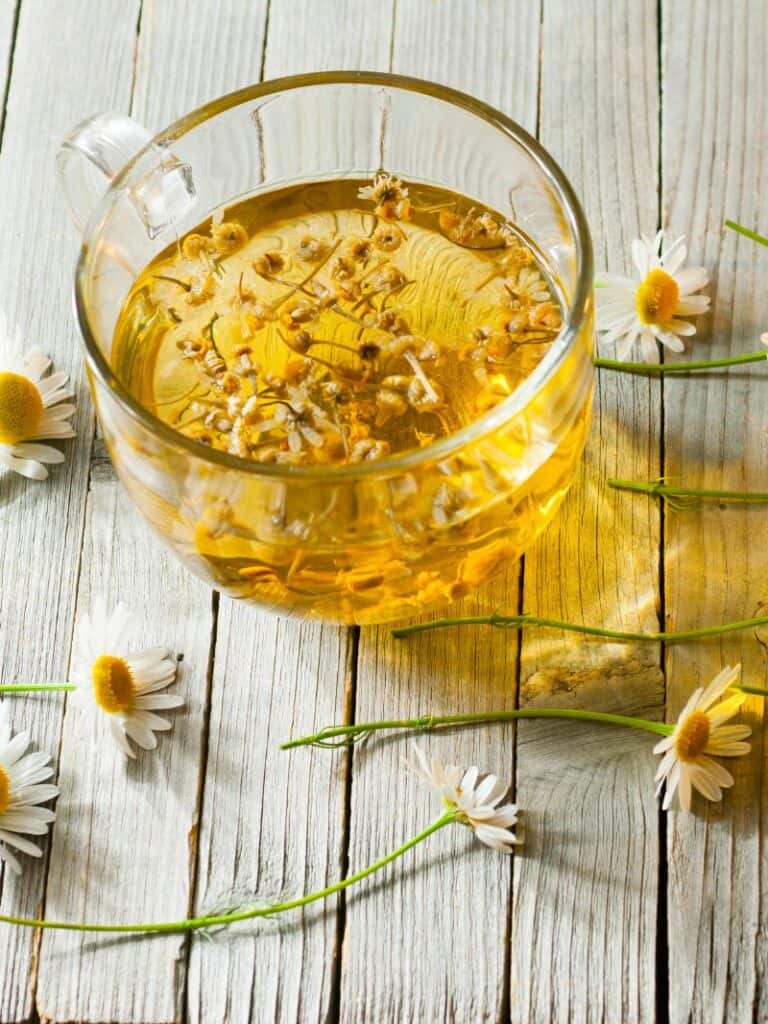
This is a classic way to enjoy the benefits of chamomile. Simply steep dried chamomile flowers in hot water for a few minutes, strain, and enjoy!
Chamomile Poached Pears
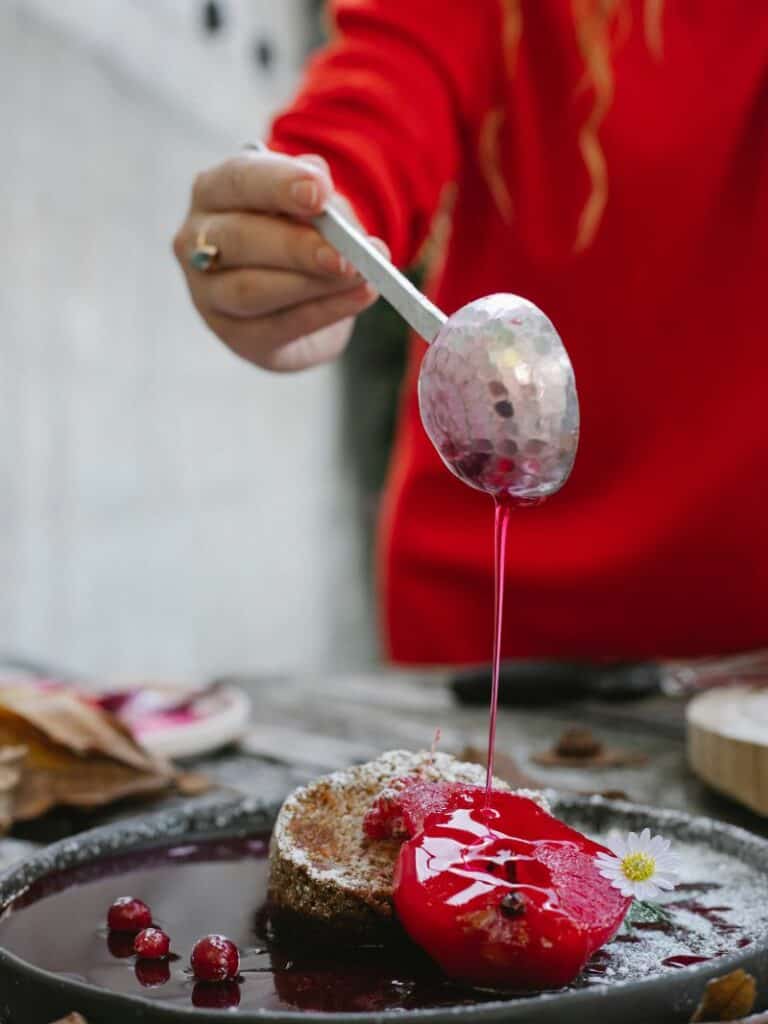
For a delicious and healthy dessert, poach pears in chamomile tea, honey, and cinnamon.
Chamomile Ice Cream
Infuse heavy cream with chamomile flowers before making ice cream for a unique and tasty treat.
Chamomile Shortbread Cookies

Add chamomile flowers to shortbread cookie dough for a delicate and flavorful twist on a classic cookie.
Chamomile Lemon Bars
Add chamomile flowers to a traditional lemon bar recipe for a refreshing and calming dessert.
Chamomile Rice Pudding
Infuse milk with chamomile flowers before making rice pudding for a comforting and aromatic treat.
Chamomile and Vanilla Granola
Add chamomile flowers to a homemade granola recipe, vanilla extract, and your favorite nuts and seeds for a crunchy and nutritious breakfast or snack.
Tips For Using Chamomile in Cooking and Baking
Here are some tips for using chamomile in your recipes:
- Choose High-Quality Chamomile: Make sure you choose high-quality chamomile flowers free of pesticides and other contaminants.
- Experiment with Different Forms: Chamomile can be used in various forms, including dried flowers, tea bags, essential oil, and extract. Experiment with different forms to find what works best for your recipe.
- Use Chamomile in Small Amounts: Chamomile has a delicate flavor and can be overpowering if used in large amounts. Start with a small amount and adjust to taste.
- Pair Chamomile with Complementary Flavors: Chamomile pairs well with flavors like honey, lemon, lavender, and vanilla. Experiment with different flavor combinations to find what works best for your recipe.
- Infuse Chamomile: Infusing chamomile flowers in liquids like milk, cream, or butter can help to extract their flavor and aroma.
- Add Chamomile to Baked Goods: Chamomile can be added to baked goods like cookies, cakes, and bread for a unique flavor and aroma.
- Garnish with Chamomile: Chamomile flowers make a beautiful and edible garnish for desserts, drinks, and salads.
Remember, chamomile is a subtle herb, so don’t expect it to be the star of your recipe. Instead, use it to complement other flavors and add a unique touch to your dishes.
Chamomile As Natural Remedies Product
Chamomile is a popular natural remedy used for centuries to treat various ailments.
Here are some ways that chamomile can be used as a natural remedies product:
Chamomile Tea
Chamomile tea is a traditional way to enjoy chamomile’s calming and anti-inflammatory properties. Simply steep dried chamomile flowers in hot water for a few minutes, strain, and enjoy.
Chamomile Essential Oil
Chamomile essential oil is extracted from the flowers of the chamomile plant. It can be used for various purposes, including reducing anxiety, promoting relaxation, and relieving pain and inflammation.
German Chamomile Oil for Skin - German Chamomile Essential Oil Organic for Hair Growth & Soaps - Sweet, Herbaceous Scent (0.34 fl oz)
Chamomile Creams and Lotions
Chamomile is often used in skincare products due to its anti-inflammatory and soothing properties. Chamomile creams and lotions can help to reduce skin redness, irritation, and inflammation.
8 Fl Oz
Chamomile Supplements
Chamomile supplements are available in capsule or tablet form and can help reduce anxiety, improve sleep, and relieve digestive issues.
Chamomile Baths
Adding chamomile tea or essential oil to a warm bath can help to promote relaxation and soothe sore muscles.
Chamomile Inhalation
Inhaling chamomile essential oil can help to reduce anxiety and promote relaxation.
Remember that while chamomile is generally considered safe for most people, it’s always best to consult a healthcare professional before using it or any other natural remedy for medicinal purposes.
Chamomile Substitutes
While chamomile has a unique flavor and aroma, there are some substitutes you can use if you don’t have it on hand.
Here are some options:
Lavender
Lavender has a similar floral and slightly sweet flavor to chamomile and can be used in many of the same recipes.
Lemon Balm
Lemon balm has a lemony flavor and a calming effect, making it a good substitute for chamomile in tea or other recipes.
Passionflower
Passionflower has a calming effect similar to chamomile and can be used in tea or as a supplement.
Rose Petals
Rose petals have a delicate floral flavor that can be used as a substitute for chamomile in teas or desserts.
Valerian Root
Valerian root is calming and can be used as a substitute for chamomile in teas or supplements.
Fennel
Fennel has a sweet, licorice-like flavor that can be used instead of chamomile in teas or as a digestive aid.
Remember that these substitutes may have different flavors or effects than chamomile, so it’s always best to test them before using them in a recipe.
Additionally, some substitutes may not be suitable for everyone, so it’s always best to consult a healthcare professional before using them for medicinal purposes.


